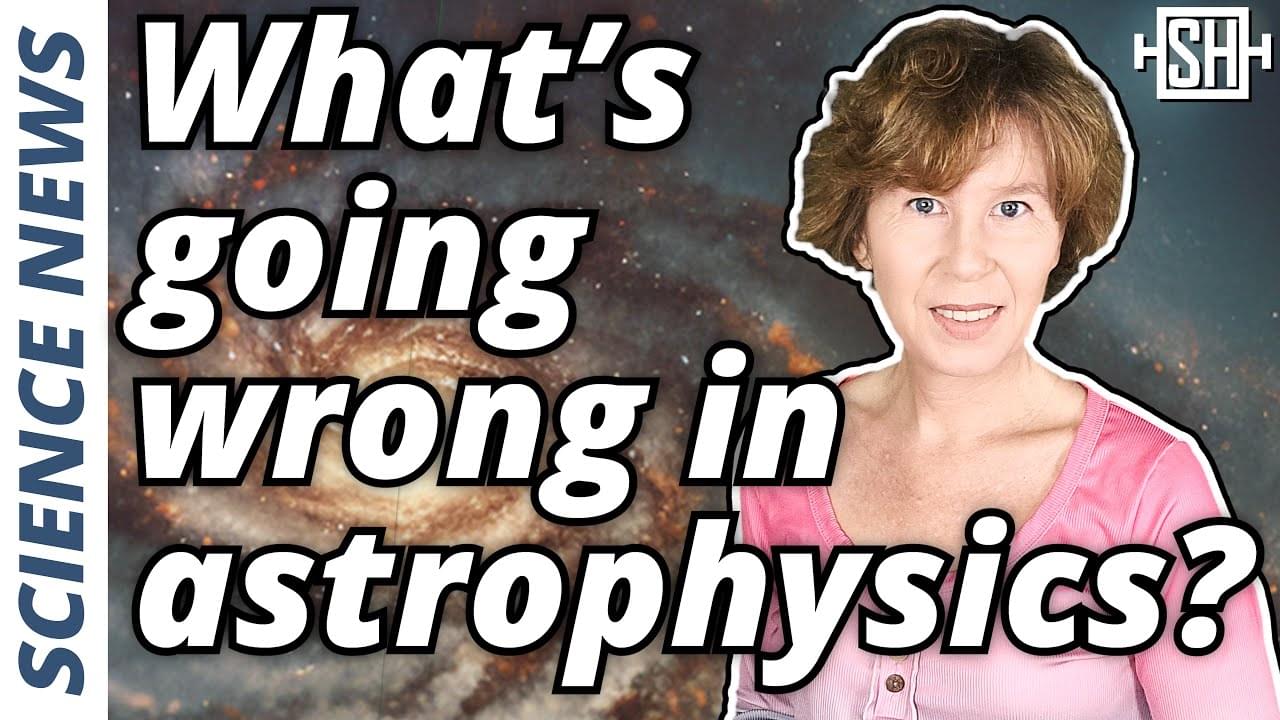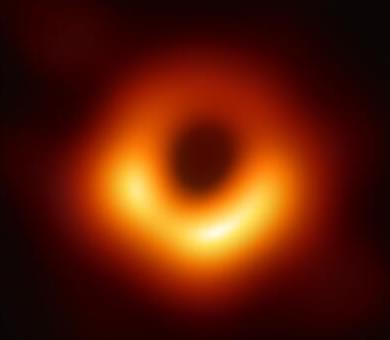Mar 8, 2024
Ask Ethan: How do symmetries work in physics?
Posted by Dan Breeden in category: physics
Symmetries aren’t just about folding or rotating a piece of paper, but have a profound array of applications when it comes to physics.
Symmetries aren’t just about folding or rotating a piece of paper, but have a profound array of applications when it comes to physics.
In day-to-day life, light seems intangible. We walk through it and create and extinguish it with the flip of a switch. But, like matter, light actually carries a little punch—it has momentum. Light constantly nudges things and can even be used to push spacecraft. Light can also spin objects if it carries orbital angular momentum (OAM)—the property associated with a rotating object’s tendency to keep spinning.
Scientists have known that light can have OAM since the early 90s, and they’ve discovered that the OAM of light is associated with swirls or vortices in the light’s phase—the position of the peaks or troughs of the electromagnetic waves that make up the light. Initially, research on OAM focused on vortices that exist in the cross-section of a light beam—the phase turning like the propeller of a plane flying along the light’s path.
But in recent years, physicists at UMD, led by UMD Physics Professor Howard Milchberg, have discovered that light can carry its OAM in a vortex turned to the side—the phase spins like a wheel on a car, rolling along with the light. The researchers called these light structures spatio-temporal optical vortices (STOVs) and described the momentum they carry as transverse OAM.

The first 500 people to use my link will get a 1 month free trial of Skillshare https://skl.sh/sabinehossenfelder03241
You have probably seen headlines in the past years about lots of things out there in the cosmos that, according to astrophysicists \.
Researchers’ findings have upended a long-held understanding of whether only opposites attract and like charges repel.
Mónica Bello, Curator and Head of Arts at CERN talks about the programmes that have been fostering the dialogue between artists and physicists for over a decade with the aim of exploring the cultural significance of fundamental research.

Einstein’s theory of relativity paved the way for black holes’ discovery, but the concept behind their existence was so bizarre that even the scientific visionary was not convinced.
More than a century ago, Albert Einstein stunned the world when he explained the universe through his theory of general relativity. The theory not only described the relationship between space, time, gravity and matter, it opened the door to the theoretical possibility of a particularly mind-boggling phenomenon that would eventually be called black holes.
Continue reading “Black Holes Were Such an Extreme Concept, Even Einstein Had His Doubts” »
Dark matter comprises more than 80% of all matter in the cosmos but is invisible to conventional observation, because it seemingly does not interact with light or electromagnetic fields. Now Dr. Sukanya Chakrabarti, the Pei-Ling Chan Endowed Chair in the College of Science at The University of Alabama in Huntsville (UAH), along with lead author Dr. Tom Donlon, a UAH postdoctoral associate, have written a paper to help illuminate just how much dark matter there is in our galaxy and where it resides by studying the gravitational acceleration of binary pulsars.
Chakrabarti gave a plenary talk on this work and other methods to measure galactic accelerations at the 243rd meeting of the American Astronomical Society in New Orleans in January. The findings are also posted on the arXiv preprint server.
Pulsars are rapidly rotating neutron stars that blast out pulses of radiation at regular intervals ranging from seconds to milliseconds. A binary pulsar is a pulsar with a companion that allows physicists to test general relativity because of the strong gravitational fields accompanying these objects. “Pulsars are fantastic galactic clocks that have a timing stability that rivals atomic clocks,” Chakrabarti explains.
There is no doubt that water is significant. Without it, life would never have begun, let alone continue today—not to mention its role in the environment itself, with oceans covering over 70% of Earth.
But despite its ubiquity, liquid water features some electronic intricacies that have long puzzled scientists in chemistry, physics, and technology. For example, the electron affinity, i.e., the energy stabilization undergone by a free electron when captured by water, has remained poorly characterized from an experimental point of view.
Even today’s most accurate electronic structure theory has been unable to clarify the picture, which means that important physical quantities like the energy at which electrons from external sources can be injected in liquid water remain elusive. These properties are crucial for understanding the behavior of electrons in water and could play a role in biological systems, environmental cycles, and technological applications like solar energy conversion.
We are always making strides to unravel the mysteries of our universe. Now, a small observatory nestled in the Andes mountains of northern Chile has provided a snapshot of the cosmos in space. This one is clearer than we imagined.
The U.S. National Science Foundation Cosmology Large Angular Scale Surveyor (CLASS), spearheaded by astrophysicists from Johns Hopkins University, mapped a whopping 75 percent of the sky.